- Home
- Cacti
- Austrocylindropuntia
- Austrocylindropuntia subulata
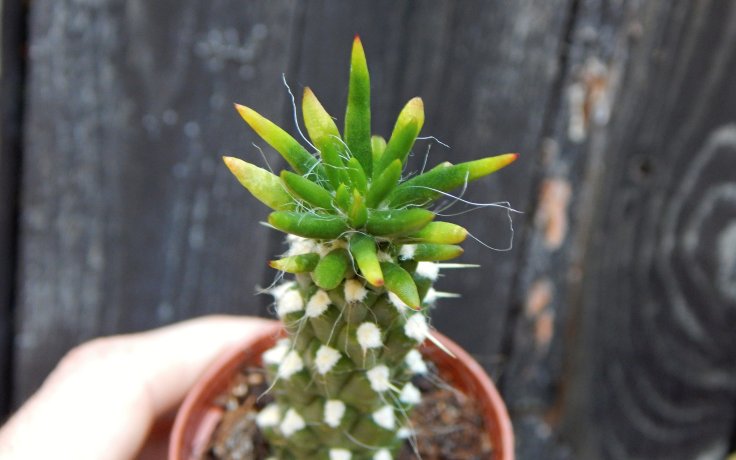
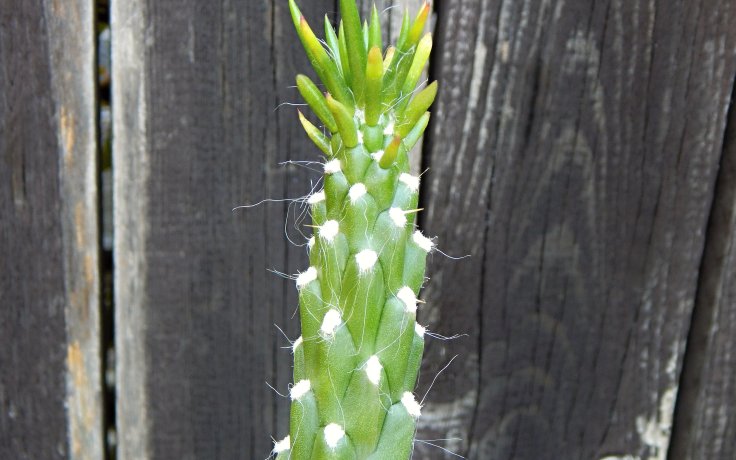
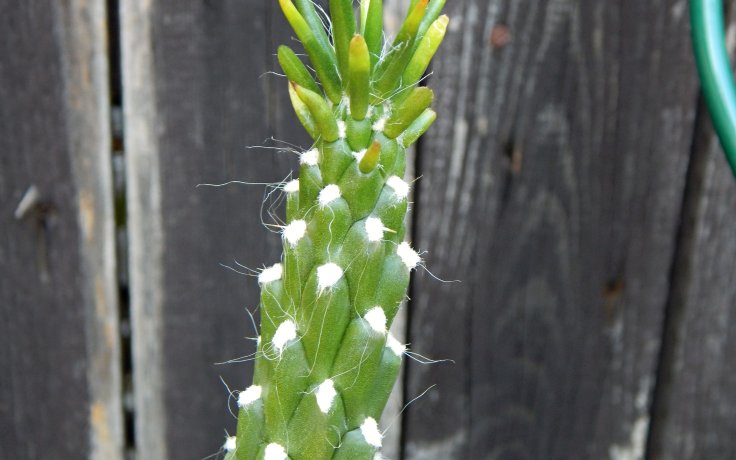
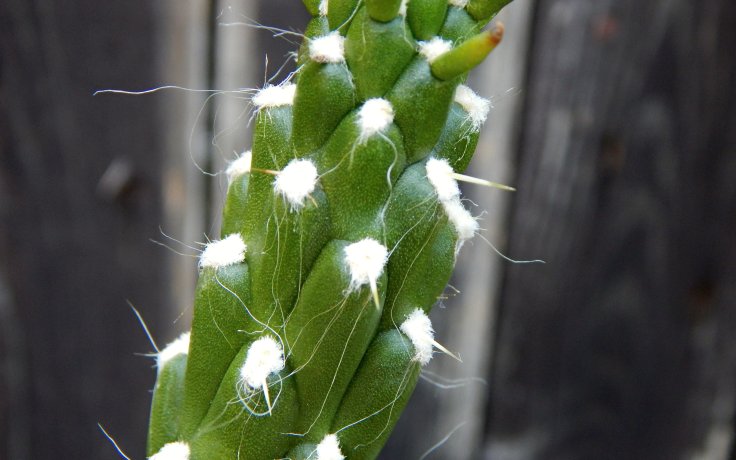
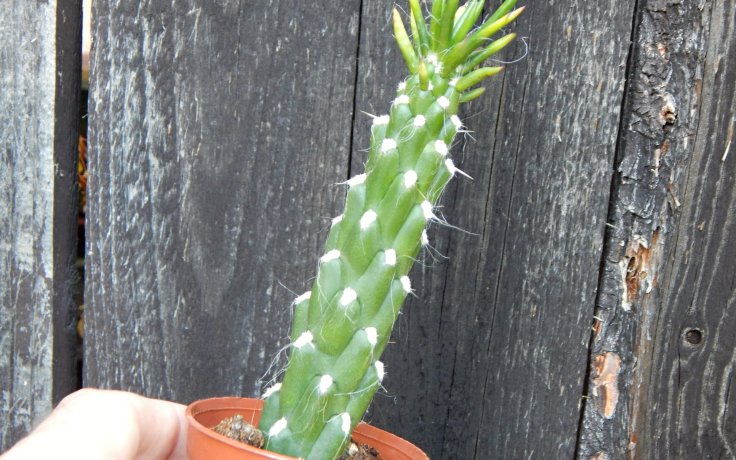
Austrocylindropuntia subulata
Place the cactus in a sunny location.
Always water a few days after the substrate has dried out. Do not water in winter.
Can tolerate -6.7 °C in the short term. However, the plant is not hardy.
In the past, it was planted in the Mediterranean to form hedges to prevent passage through the area. However, the cactus has become an invasive species in the local environment.
Austrocylindropuntia subulata, called Eve's Needle Cactus, is also referred to by the names Opuntia exaltata, Opuntia subulata, Austrocylindropuntia exaltata or Cylindropuntia exaltata. The plant was first described by Friedrich Mühlenpfordt in 1945 as Pereskia subulata. He found it in areas of southern Peru and western Bolivia, where it still grows in the wild today. Over time, however, it has also been domesticated in the rest of Bolivia and Argentina. Here it grows on the rocky slopes of mountain valleys in semi-desert and arid areas. It is commonly found at altitudes between 2 000 and 4 000 m above sea level.
The almost cylindrical green leaves grow up to 12,5 cm long. The spines are pale yellow in colour and grow singly or in pairs on individual aeroles. They reach a length of up to 7,5 cm. The stem can grow up to 10 cm in diameter and produces cells up to 60 cm long and 7 cm in diameter. The stem then branches profusely and the cactus can grow up to 4 m tall. In our country, however, it normally reaches rather smaller sizes.
The flowers are red in colour and can be up to 10 cm long. After flowering, red fruits appear.
The tree cactus grows quite rapidly in height, which is why in the past it was intended to be used as an impenetrable hedge. But it thrived in the Mediterranean and became an invasive species. If we grow Austrocylindropuntia subulata here, we do not fertilise it and can grow a beautiful cactus with a minimum of care.